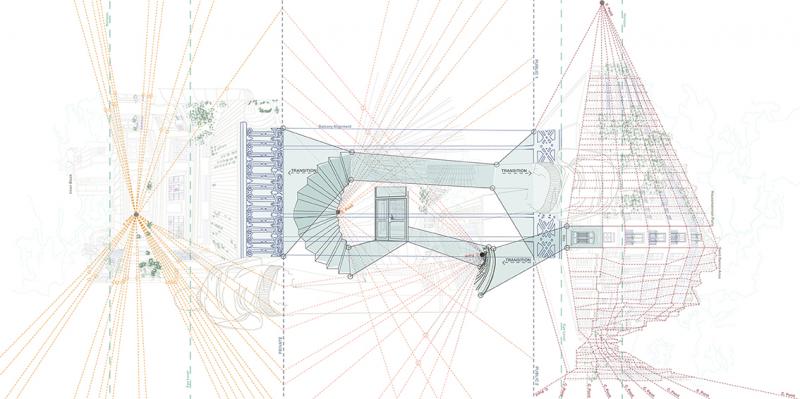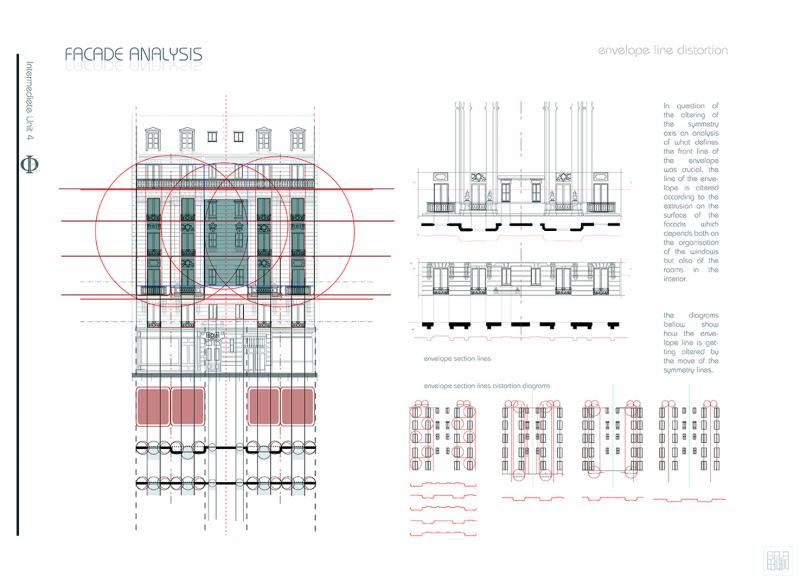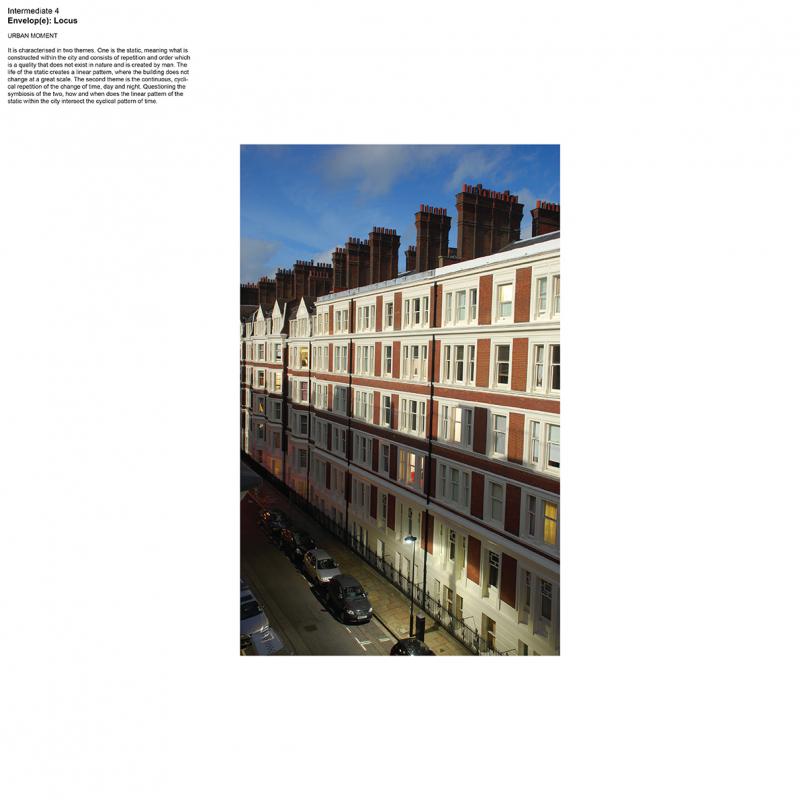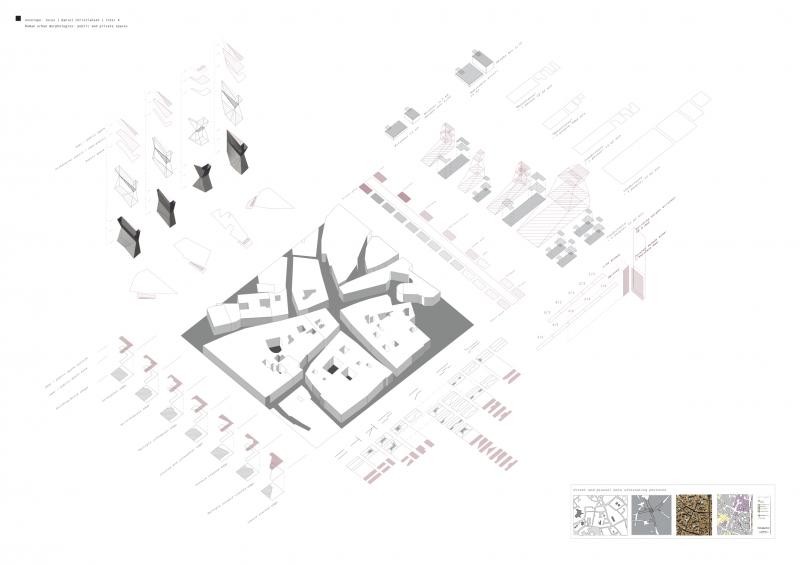Inter 4 pursued its exploration of the building envelope as both a design medium and a generative condition with renewed marvel, utilising the spatial and formal dictionary offered by the Parisian Immeuble. After making a collective worldwide study of iconic urban morphologies we attempted to invent a novel diagrammatic catalogue of unique situations. From this initial view on layered conditions our attention then turned to individual Parisian sites, where the specificity of each place was reviewed through different perspectives and medium.
From the initial paper architecture of the ideal classical building to subjective and environmental research, each student employed varying scales to define the uniqueness of the chosen place – its locus.
The systematisation of typological changes generated the basis for proposals that embedded relationships from the city to the street, the block to the immeuble, the rooms to the ornament, searching for an augmented density. Likewise the reorganisation of classical social representation through space and form revealed the potential for embedded associative thinking of new design strategies to increase a contrived territory. This definition of parameters allowed stratification of contextual, organisational, stylistic and technological considerations within the self-imposed limits of the existing plot. The unit expanded from within.
The proposals create site-specific designs catering for ever-changing
and still-expanding urban settings through augmented spaces. A new qualitative density derives from the harnessing of organisation, materials and perspective phenomena, which are instrumentalised through tight geometric control. Mastering an extended tool kit of physical and phenomenal spatial readings, the students propose their personal understanding of contemporary living in the demanding setting of the overdefined historical European city, thus fulfilling the unit’s agenda of growing dense fields as a stratified combination of socio-political, cultural and historical considerations.



 2.jpg)
